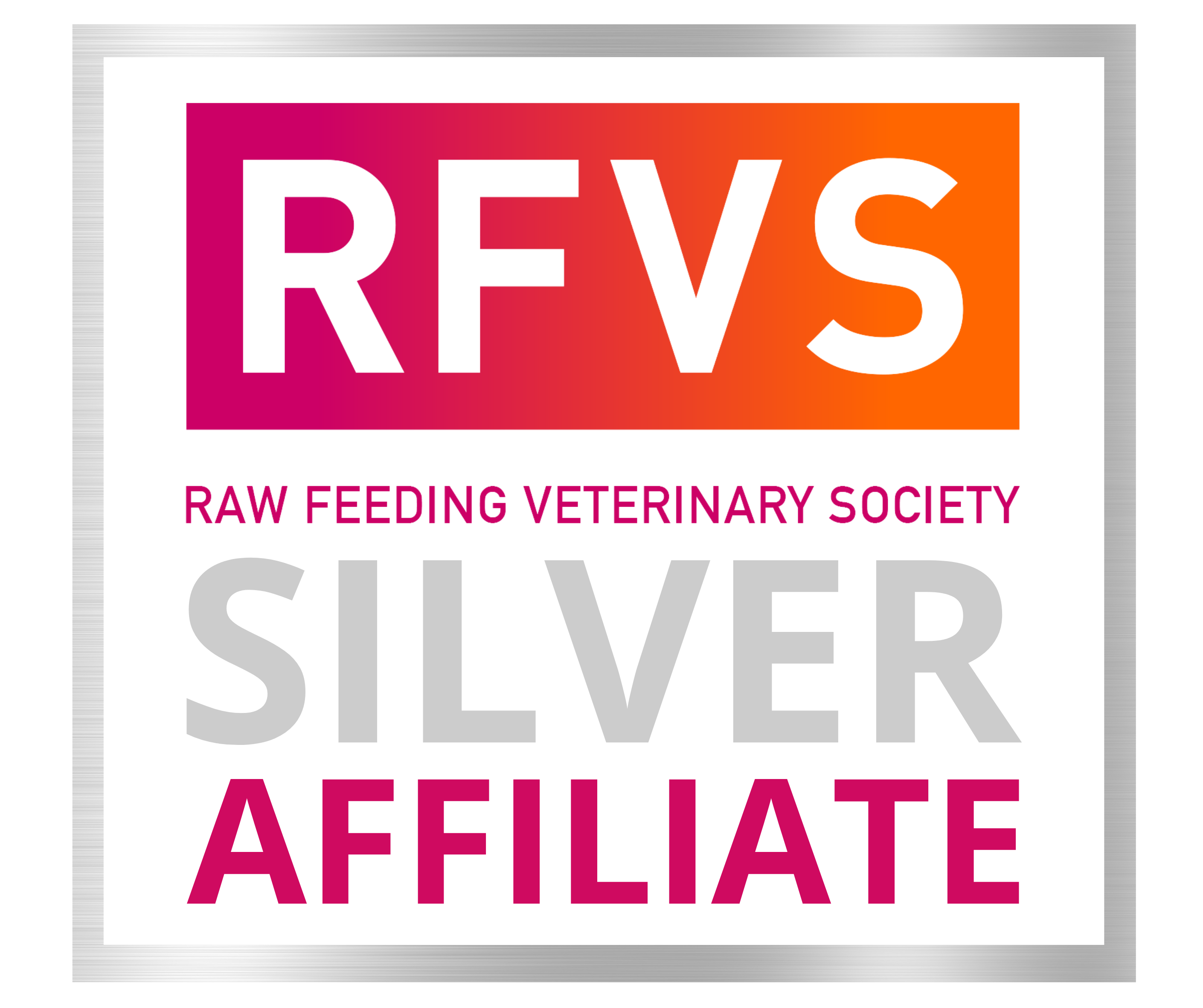Prey Proportions
Raw feeding our cats and dogs involves emulating a prey meal as closely as possible. At Raw Essentials, we aim to provide meat, bone, organs and tripe in approximate prey proportions relative to them eating whole prey. Typically this is in the form of minced mixes and whole raw meaty bones. We recommend a good variety of prey sources, at least 3-4 different species per week. You can read about balancing a raw diet here.
Skin and fur is more easily included in dried treats than minced mixes. Studies indicate that including soft tissues and bone cover the benefits of feeding skin and fur, however it's worth including them where possible.
Given the limited amount of technical information available about prey proportions, we conducted a prey dissection project of typical herbivorous prey for our carnivores. We dissected 3 rabbits, 3 hares and 3 possums to provide the following information (average percentages).
HOW MIGHT THIS INFORMATION BE USEFUL TO A PET OWNER?
There are many techniques for formulating pet foods in an attempt to make them “complete and balanced”. Proponents of 'complete and balanced' food will recommend AAFCO formulation, those who favour 'prey model' will recommend 80% meat, 10% bone, 10% organ. Some of these approaches lose perspective on the food by focusing on individual ingredients - at Raw Essentials we focus on providing species appropriate food, in approximate prey proportions, rather than a reductionist view of the ingredients.
RABBIT
POSSUM
HARE
WHY WE DON'T USE AAFCO?
AAFCO (the Association of American Feed Control Officials) is a corporation responsible for defining pet food ingredients, and specifying the minimum and maximum acceptable levels of a range of nutrients in cat and dog food. The nutrient levels are based on the work of the NRC (National Research Council). The nutrition science behind the data relies on papers relating to processed diets, and thus the data is mostly pertinent to the needs of a dog or cat on a processed diet. There are a myriad of ways in which nutrient requirements of cats and dogs on a processed diet differ from those on a whole food diet. In the absence of reliable data, we are left with a combination of supportive data, evolutionary logic and clinical experience to decide how best to feed our pets. Please contact our veterinary team for further information on why we don’t use AAFCO.

